GLA HOME > GLA NEWS > Successful US ports integrate shippers into operations
Editor:glafamily Release time:2016-03-10 Browse:11828
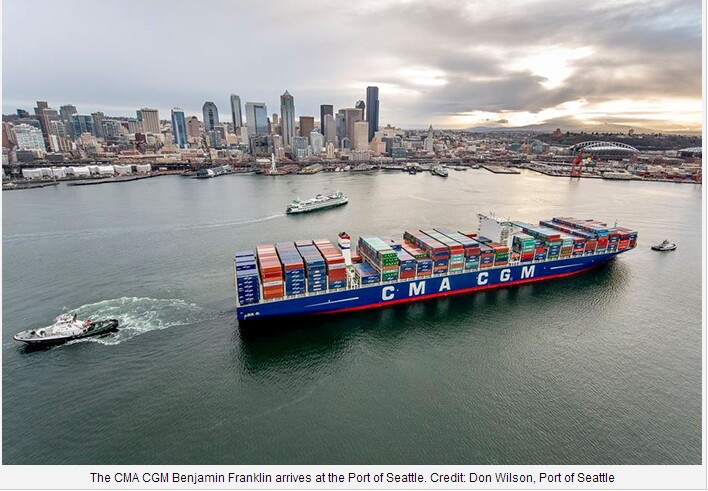
LONG BEACH, California — For beneficial cargo owners, the marine terminal used to be a big black hole that their containers would fall into and somehow magically emerge a few days later. Today, BCOs are an extension of the operations staff at the most successful ports.
“Probably there’s not a day that goes by that BCOs don’t visit our facilities,” Georgia Ports Authority CEO Curtis Foltz told the JOC’s 16th annual TPM Conference in Long Beach, California. It’s a symbiotic relationship because most of the managers at the Port of Savannah came from the transportation industry, Foltz said.
The need for a close working relationship between ports and BCOs is greater than ever in an era of mega-ships with capacities of 8,000 to 18,000 twenty-foot-equivalent units. John Wolfe, CEO of the Northwest Seaport Alliance of Seattle and Tacoma, on Feb. 29 experienced first hand the demands that these ships make on ports. He was on the 18,000-TEU CMA CGM Benjamin Franklin, the largest vessel ever to call in North America, on the vessel’s first visit to Seattle.
Handling the cargo surges from big ships requires advance planning and mobilization of equipment and human resources throughout the supply chain, from the ship-to-shore cranes that work the vessel, to the container yard and gates and throughout the inland transportation chain, Wolfe said. That is why the seaport alliance is actively seeking BCO participation in its supply-chain optimization efforts, he said.
Christopher & Banks, a retailer with headquarters in Minnesota, credits its close working relationship with Seattle-Tacoma and the region’s transportation vendors as a crucial factor in its ability to deliver time-sensitive women’s apparel to 500 stores. Transloading in the Seattle area is easier because of the port authority’s involvement in the supply chain, said Richard Perket, senior director of global logistics.
Seattle-Tacoma is also major gateway for agricultural exports from the Pacific Northwest and the upper Midwest. In order to foster a better understanding of the transportation requirements of its customers, and to share with BCOs the importance of terminal operations in the supply chain, the port authority recently led a delegation of operations staff, and also members of the International Longshore and Warehouse Union, on a trade mission to eastern Washington. “It’s the best thing we ever did. It’s all about relationships,” Wolfe said.
Savannah and Seattle-Tacoma have raised the supply-chain cooperation bar for seaports to a higher level because they rely upon inland markets to a greater extent than the largest U.S. gateways, Los Angeles-Long Beach and New York-New Jersey, which have large, local, captive markets. “Tacoma has to try harder,” Wolfe said.
For Savannah, Foltz said the “secret sauce” was to leverage the large exporting base in the Southeast to attract retailers and other importers. The port spearheaded a development strategy that involved the transfer of empty containers from importers to exporters and attracting liner services and truckers with the prospect of more two-way hauls. That led to a proliferation of distribution warehouses in the region.
Seattle-Tacoma has developed similar BCO partnerships for regional cooperation, and the rail-dependent port complex has also worked closely with the Class 1 railroads that link the Pacific Northwest gateway to exporters and importers in the upper Midwest, and to the population centers of Chicago and the Northeast. The port operations service center serves as a portal linking shipping lines, marine terminals, railroads, truckers and BCOs to facilitate a smooth transfer of containers from waterside to landside transportation, Wolfe said.
The ability of port authorities to influence operations varies from region to region. Savannah, like other gateways in the South Atlantic, is an operating port that builds, owns and manages terminal operations. Seattle-Tacoma, like other West Coast gateways as well as New York-New Jersey, is a landlord port that builds the terminals and leases them to private-sector operators.
Savannah plans its terminal requirements years in advance, with its strategy being to build capacity that is 20 percent greater than projected volumes, Foltz said. During the past decade of rapid growth, Savannah’s ability to control its own destiny helped the port to absorb unexpected demand, including cargo diversion that occurred this past year during the West Coast labor disruptions. Also, it is a rule of thumb in the industry that a terminal operates efficiently up to 80 percent utilization, and when that benchmark is exceeded, service is degraded.
Landlord ports such as Seattle-Tacoma and Los Angeles-Long Beach are evolving toward hybrid models where the port authorities are taking greater control of their gateways. Although they will most likely not achieve the level of control of operating ports, the landlord ports have initiated supply chain optimization efforts to bring all of the stakeholders together in regular meetings so they can address operating together and react more quickly to events.
Perket said the increased involvement of the port authority in operational matters provides BCOs, who used to feel they had no control over what happened at the ports, with a direct contact in the harbor. This allows BCOs to receive more timely responses on issues ranging from trucker turn times to labor disruptions, and is becoming more important as ships get bigger.
The rapid increase in big-ship deployments is having a markedly different impact on ports depending upon their location. The greatest impact has been in Los Angeles-Long Beach, where Pacific Southwest services discharge and reload 85 to 90 percent of their contents before the vessels top off in Oakland and then head back to Asia.
Even before the arrival of the Benjamin Franklin in late December, vessels were regularly generating 10,000 to 13,000 container moves per vessel call. Port planner Larry Nye at Moffatt & Nichol has modeled the impact of the newest-generation 18,000-TEU ships. At 90 percent utilization they would generate as many as 17,800 container moves per vessel call in Los Angeles-Long Beach.
Foltz said the big-ship issues in Southern California call for a reality check elsewhere. Even with the opening this summer of the third set of locks on the Panama Canal, East Coast ports will likely begin with vessels that have capacities between 6,500 and 9,000 TEUs. The next jump will be in a couple of years to 12,000-TEU ships. Furthermore, big ships calling on the East Coast normally begin in New York-New Jersey, where about 60 percent of the inbound cargo is discharged, and then the rotation brings them to Virginia and to the South Atlantic.
Wolfe said Seattle-Tacoma expects regular services by 14,000-TEU vessels in the near future, and it is possible that the 18,000s may someday call there, although the container moves per vessel call in the Pacific Northwestregion of the U.S. and Canada will be spread out more and should be lower than in Southern California.
That scenario is fine with Perket. “Big ships are not for me,” he said. Unloading the bigger ships takes longer, and since they are being operated by carrier alliances that have collapsed two or more strings of smaller ships into one weekly service, service options are reduced, he said.
Previous:Russia seeks to develop Arctic shipping route Next:US Coast Guard, World Shipping Council work to clear up SOLAS confusion
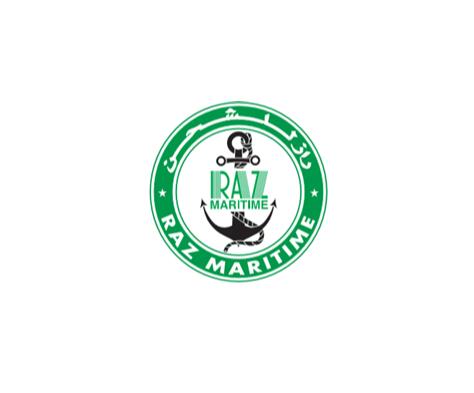
GLA New Membership —— Raz Maritime Services in Saudi Arabia!
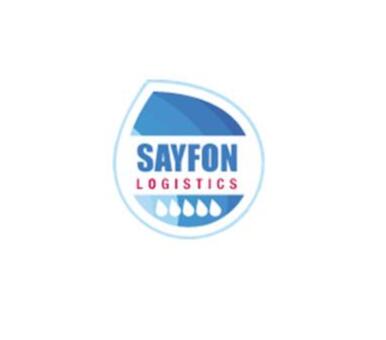
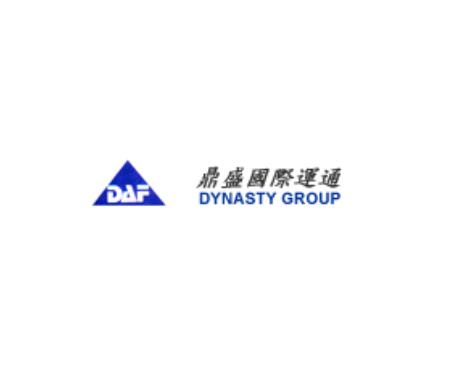
GLA Membership Renewal — Dynasty Air/Ocean Freight Co. Ltd in Taiwan!
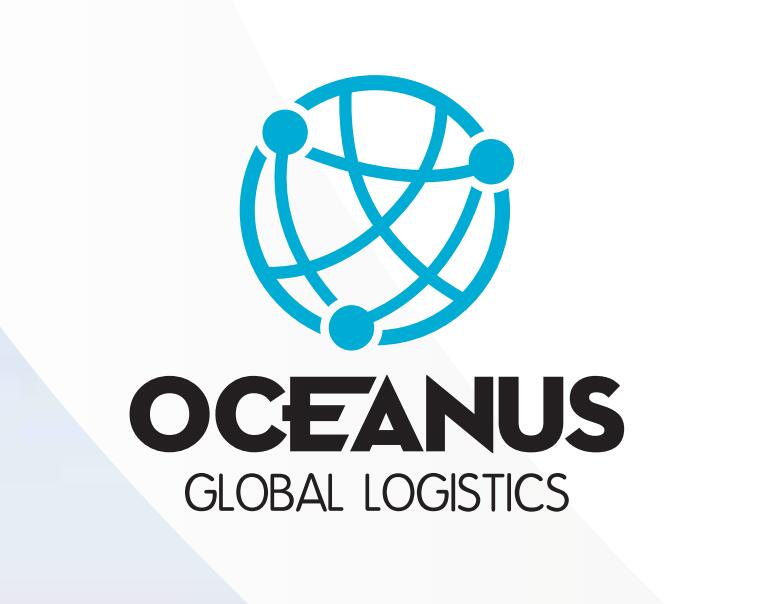
GLA Membership Renewal — Oceanus Global Logistics in Vietnam!

GLA Membership Renewal — Ibero Logística e Trânsitos Lda in Portugal
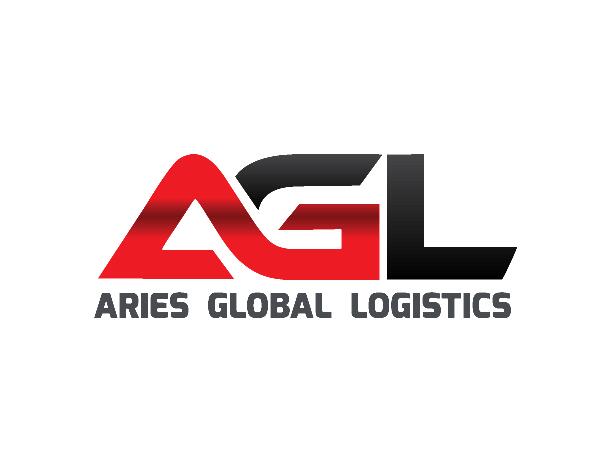
GLA New Membership — AG Logistics & Supply Chain Co. Ltd in Cambodia